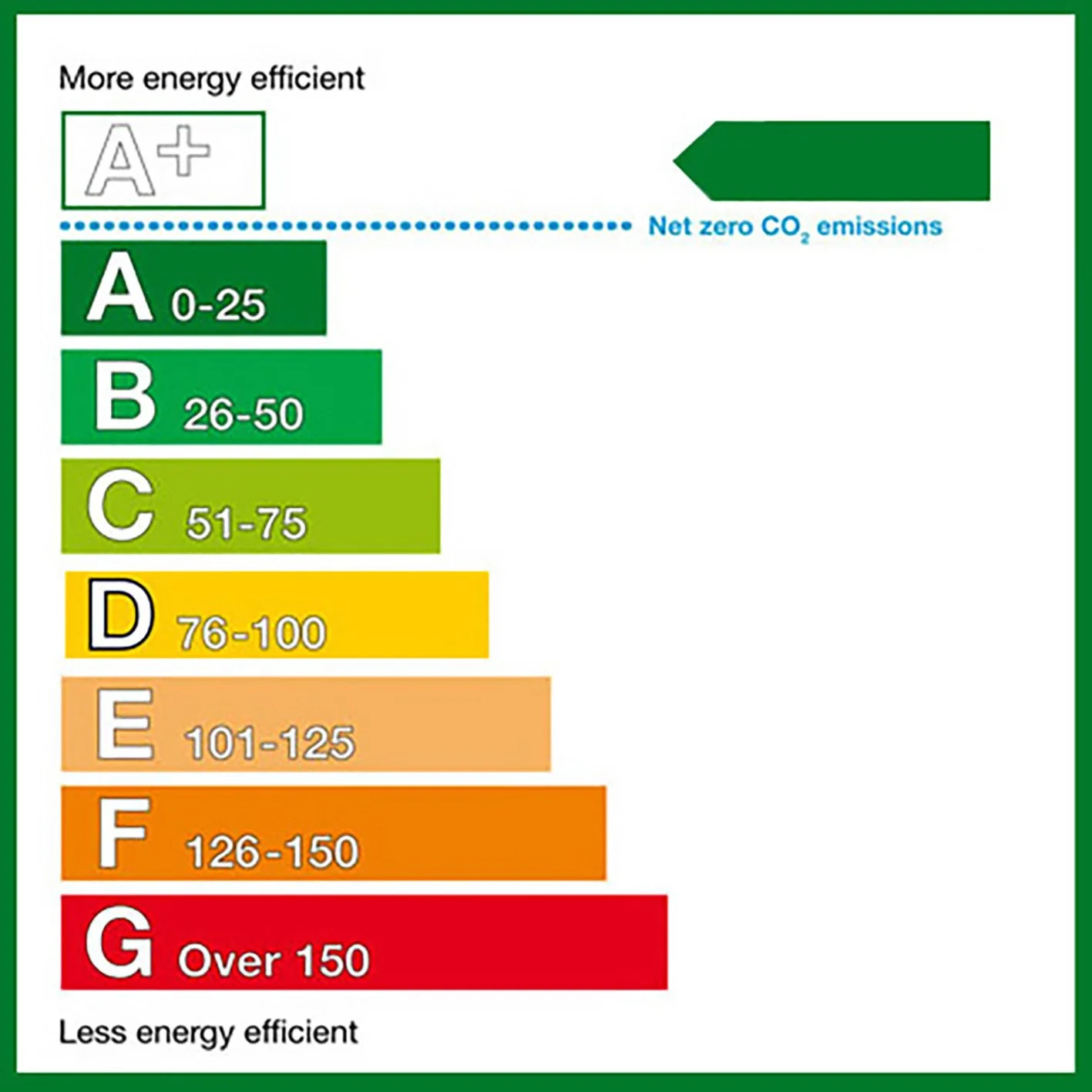Zero energy for all? - 78
Zero energy for all?
From 2020 onwards all newly built or renovated houses in NI and ROI will have to comply with the Nearly Zero Energy Building (NZEB) standard. How that requirement will be put into practice remains unclear but there are some general rules we already know will have to be followed.
Europe has been driving the recent changes to the building regulations in both NI and ROI, through its Energy Performance of Buildings Directive (EPBD).
The EPBD's aim is to get to a stage where all buildings are of such a high thermal performance that they require nearly zero energy to be comfortable to live in. The EPBD definition also states that the "nearly zero or very low amount
of energy required should be covered to a very significant extent by energy from renewable sources".
The changes envisaged in the EPBD are far reaching; new buildings and any existing buildings undergoing major renovation (defined as any work affecting more than 25 per cent of the floor, or facade, area) will have to comply with this standard, Europe-wide, from the end of 2020.
There is also a requirement on member states to plan for the retrofitting of the entire existing building stock with a view to making it too conform to the NZEB standard. This is likely to require an agreed plan for each building which can be phased over several interventions, such that one measure does not preclude, or add to the cost of, a subsequent measure in the plan.
In practice, NI and ROI haven't as of yet published detailed regulations showing how the standard is to be applied.
However, in ROI, the Irish government is proposing a minimum target for newly built houses of 45kWh/sqm/yr primary energy use, whilst deep renovations would be required to use no more than 150kWh/sqm/yr. (before the addition of renewables energy systems) to meet the NZEB standard.
Work done by the Zero Carbon Hub suggests a similar effective residential NZEB target will be introduced in 2016 in the UK, albeit measured in carbon emissions savings rather than energy.
Make no mistake, the 45kWh/sqm/yr NZEB new-build targel is quite a challenge: it is about the same as The Passive House standard in terms of U-values and thermal bridging. The 150kWh/sqm/ yr standard is close to current building regulations requirements for "new thermal elements" defined in NI Technical Booklet F1 or "backstop" U-values defined in ROI Part L, 2011.
However, as the EU is targeting an 80 per cent emissions reduction by 2050 from all sectors, it would appear that the 150kWh/sqm/yr retrofit figure may not be accepted by the Commission
as sufficient to achieve long-term carbon emission reductions and energy savings. This is especially so as at least 70 per cent of our current buildings will still be in use in 2050.
Getting NZEB ready
To complement the National Retrofit Strategy of the Irish Government, a detailed Code of Practice for Retrofit (S.R.54:2014) has been published by the National Standards Authority of Ireland.
This outlines the kinds of fabric upgrade measures that will deliver the projected energy savings envisaged in the EPBD. It's also got a lot
of examples of energy upgrade measures and is a document homeowners, specifiers and contractors should consult before undertaking an energy upgrade.
Given that the NZEB targets have yet to be defined, and may be subject to upward revision,
a range of four targeted U-values are included, with wall U-values of as low as 0.15 WI sqmK accommodated. Roof and floor U-values are also considered, commensurate with each of the four wall insulation levels. This document is freely available and can be downloaded from the NSAI.ie website.
The Society for the Protection of Ancient Buildings publishes a very good interactive on-line Responsible Retrofit Wheel which may be used in conjunction with S.R.54. A conservative adherence to the advice contained in both documents, in combination, will be required to confirm that any proposed retrofit solution is safe.
Regrettably, few of the major insulation suppliers have taken up the challenge of providing holistic retrofit advice beyond the limits of their own product ranges. Government supports for single measures has also not helped in this regard.
The specifier therefore needs to exercise caution when following supplier advice and always seek collateral warranty, Agrement certification and actionable product liability insurance.
McGuinness, S. (2015) ‘Zero energy for all?’, Selfbuild & Improve your home, Winter 2015, pp. 52-53.

